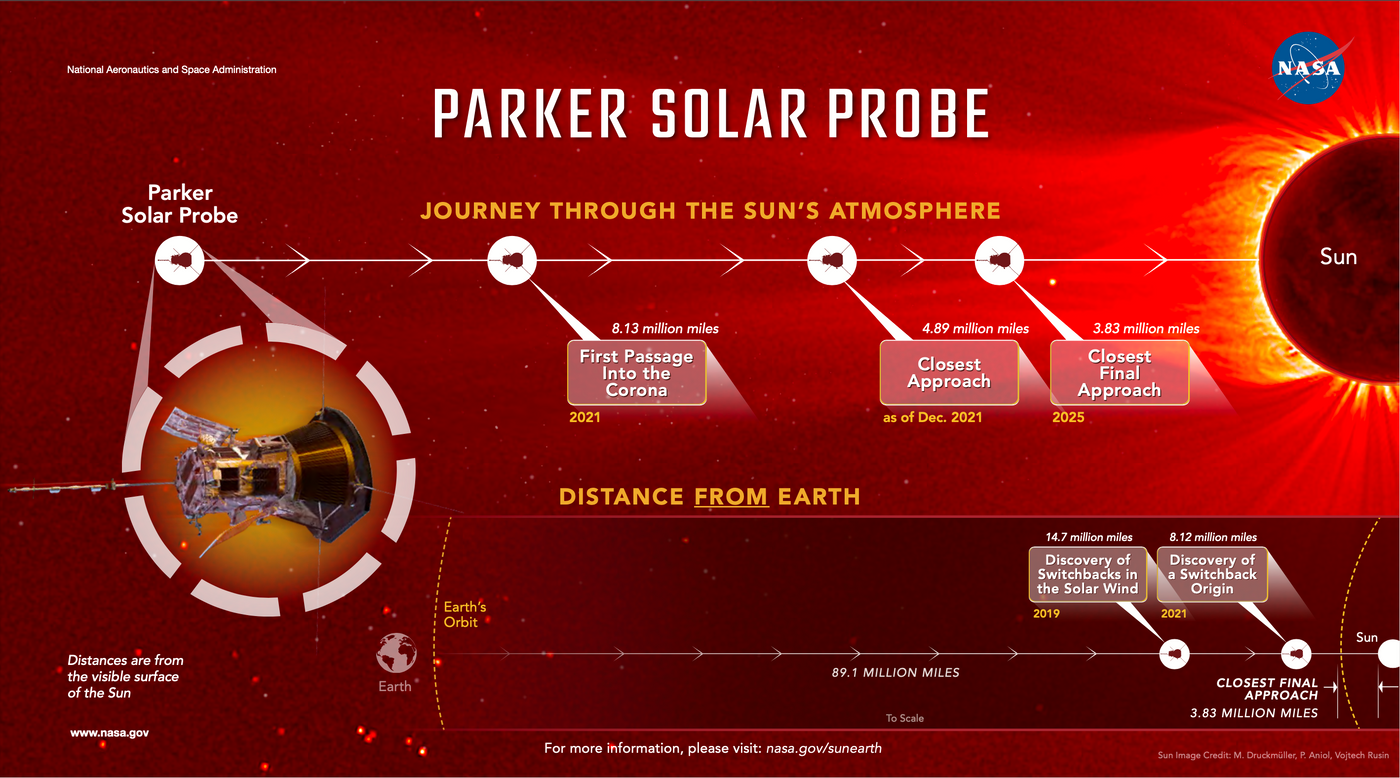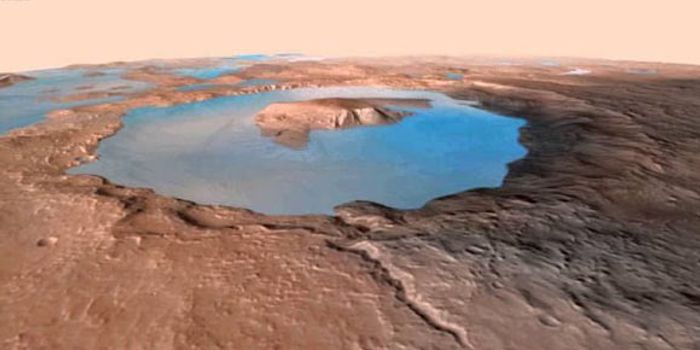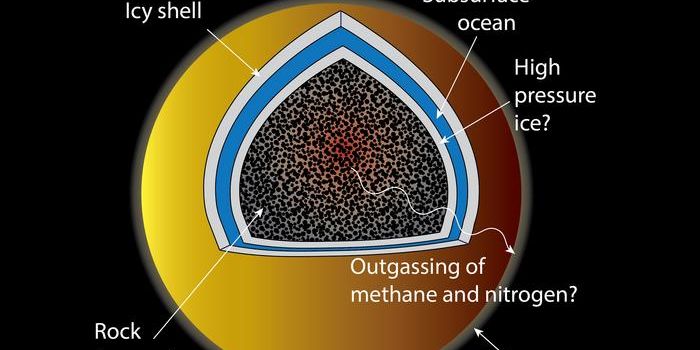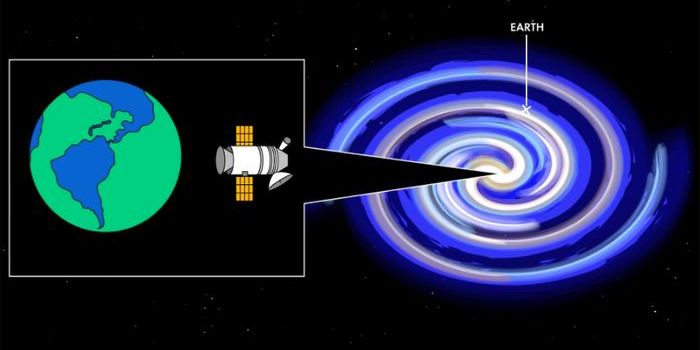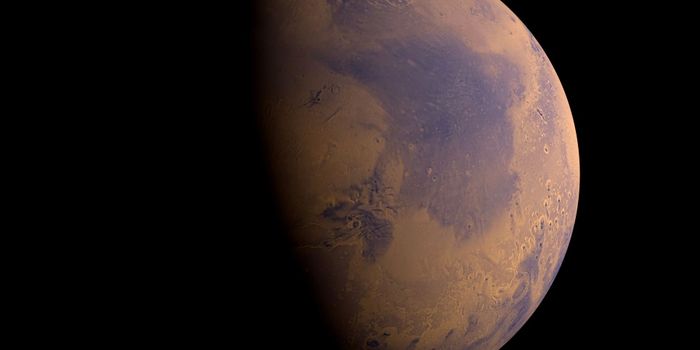In a Stellar First, a NASA Spacecraft Has "Touched" the Sun by Entering Its Upper Atmosphere
Humanity, through the arm of NASA and John Hopkins University scientists, engineers, and support staff, has achieved a stellar accomplishment: “touching” our Sun by means of a specially designed spacecraft. In an announcement made earlier this week, NASA reported that its Parker Solar Probe, named after astrophysicist Eugene Parker, had successfully flown through the upper atmosphere of the Sun and recorded data of its journey. The Probe launched in 2018 and now sits in orbit around the Sun, where it will continually enter and exit the Sun’s atmosphere and push forward solar science.
Despite being a gargantuan ball of gas and plasma and having no solid ground, the Sun can still be said to have somewhat clear boundaries which define its different layers and even demarcate where it “ends.” This edge that makes up the outermost layer of the Sun is called the corona, and this section is what the Parker Solar Probe passed through.
Inside the Sun’s more explicit bounds, Parker was able to see and feel more solar information than ever before. Nour Raouafi, the Parker project scientist at the Johns Hopkins Applied Physics Laboratory, which built and operates Parker, said of the venture that “we see evidence of being in the corona in magnetic field data, solar wind data, and visually in images. We can actually see the spacecraft flying through coronal structures that can be observed during a total solar eclipse.”
Describing the importance of this achievement, paper author Justin Kasper said in the NASA press release that “it is a really important region to get into because we think all sorts of physics potentially turn on. And now we're getting into that region and hopefully going to start seeing some of these physics and behaviors.”
We can expect to continue to hear updates from the Parker project about everything solar. With the history of stellar physics being so dependent upon Earth-based observation, the opportunity to learn about the Sun from tactile contact is a wildly exciting prospect.
Source: NASA; Physical Review Letters
Article Image Source: NASA's Goddard Space Flight Center/Mary P. Hrybyk-Keith
Banner Image Source: NASA's Goddard Space Flight Center/Joy Ng
